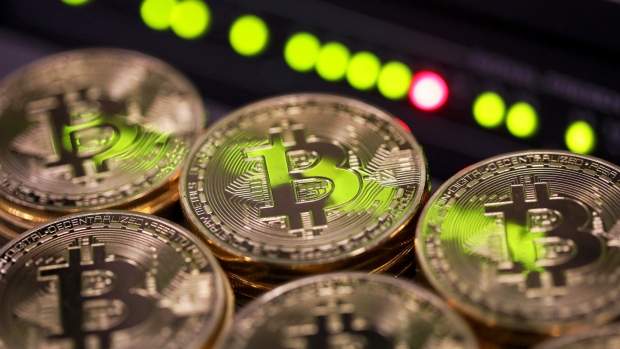Jun 29, 2018
A technical ray of light for bitcoin bulls
, Bloomberg News

In a dismal year for Bitcoin, one technical gauge suggests investors may be in for a reprieve.
The Williams Percentage R indicator, or WLPR, helps chart whether a security is oversold or overbought. Right now, it’s signaling that the world’s largest cryptocurrency may see a potential reversal of its current downward trajectory.
The analysis captures ideal entry and exit levels for buying or selling an asset. Data show that Bitcoin breached the level -80 marker of the indicator this week, a threshold suggesting to traders it may be time to get in on the action.
The gauge has proven fairly accurate over the past year -- for example, when it signaled in April that the cryptocurrency was overbought the day before Bitcoin fell 4 percent.
Bitcoin has fallen almost 60 per cent this year after nearly reaching US$20,000 in December. On Friday it was trading just under US$6,000.






